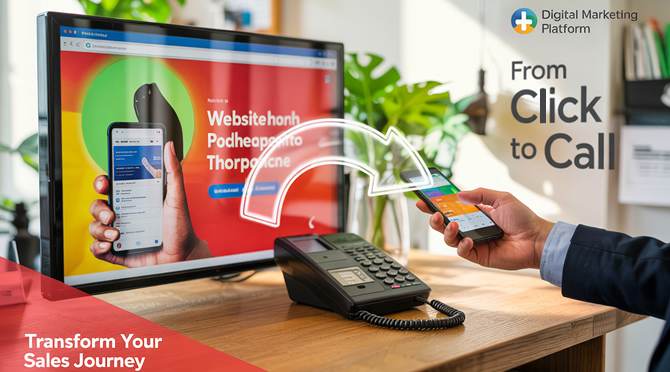Every website visitor represents a potential customer—but only if you guide them effectively through the sales funnel. From the first click to the final purchase, each step must be optimized to reduce friction, build trust, and encourage action.
In this comprehensive guide, we'll break down proven strategies to move visitors from awareness to decision-making, increasing conversions and maximizing ROI.
Understanding the Sales Funnel
Before optimizing, we must define the stages of the funnel:
1. Awareness (Top of Funnel - TOFU)
- Visitors discover your brand (via SEO, ads, social media)
- Goal: Capture attention with valuable content
2. Consideration (Middle of Funnel - MOFU)
- Visitors evaluate solutions (reading blogs, comparing products)
- Goal: Nurture leads with trust signals and engagement
3. Decision (Bottom of Funnel - BOFU)
- Visitors are ready to buy but may need a final push
- Goal: Remove objections and drive conversions
Now, let's dive into actionable tactics for each stage.
Stage 1: Awareness – Capture Attention & Build Interest
Top of Funnel (TOFU) Strategies
1. Optimize for Search Intent (SEO & Content)
- Use long-tail keywords (e.g., "best CRM for small businesses" vs. "CRM software")
- Answer common questions via blog posts, FAQs, and video content
Example: A SaaS company targeting "how to automate invoicing" should create a step-by-step guide.
2. Use High-Impact Landing Pages
- Headline: Speak to pain points (e.g., "Tired of Wasting Time on Manual Invoicing?")
- Hero Image/Video: Show your product solving a problem
- CTA: "Start Free Trial" instead of "Learn More"
3. Leverage Paid Ads Strategically
- Facebook/Google ads should match search intent
- Retarget visitors who didn't convert (more on this later)
Stage 2: Consideration – Nurture Leads & Build Trust
Middle of Funnel (MOFU) Strategies
4. Offer Lead Magnets (But Make Them Valuable)
- E-books, templates, or free tools in exchange for emails
Example: A fitness brand offers a "7-Day Meal Plan" for newsletter signups.
5. Use Social Proof to Overcome Skepticism
- Customer testimonials (video > text)
- Case studies with measurable results ("Increased conversions by 40%")
- Trust badges (SSL, money-back guarantees)
6. Implement Live Chat & AI Assistants
- Drift, Intercom, or ChatGPT-powered bots answer questions in real time
Example: "Need help choosing a plan? Chat with us now!"
Stage 3: Decision – Close the Sale
Bottom of Funnel (BOFU) Strategies
7. Reduce Friction in Checkout
- Guest checkout option (don't force account creation)
- Multiple payment methods (Apple Pay, PayPal, credit cards)
- Progress indicators ("Step 1 of 3 – Shipping Details")
8. Create Urgency & Scarcity
- Limited-time discounts ("24 Hours Left – 30% Off!")
- Low-stock alerts ("Only 3 Left at This Price")
9. Retarget Abandoned Carts
- Email sequences: "Forgot something? Your cart is waiting!"
- Facebook/Google retargeting ads reminding users of their selection
Advanced Tactics to Accelerate Conversions
10. Personalization with AI
- Dynamic content (show different offers based on user behavior)
- Exit-intent popups ("Wait! Get 10% Off Before You Go")
11. A/B Test Everything
- Test CTA button colors, headlines, pricing displays
Example: Changing "Buy Now" to "Get Instant Access" increased clicks by 22% (Unbounce data)
12. Post-Purchase Upselling
- "Customers also bought..." suggestions
- Subscription upgrades ("Go Premium for More Features")
Conclusion: Turning Visitors into Paying Customers
Driving visitors down the funnel requires strategic alignment of content, UX, and psychological triggers. Key takeaways:
- TOFU: Attract with SEO, ads, and engaging content
- MOFU: Nurture with lead magnets, social proof, and live chat
- BOFU: Convert with urgency, frictionless checkout, and retargeting
By refining each stage, you'll shorten the sales cycle, boost conversions, and maximize customer lifetime value.
Need help optimizing your funnel? Book a free audit to see where you're losing conversions.

